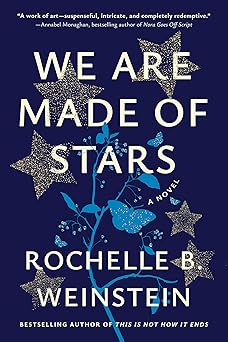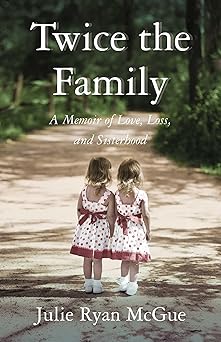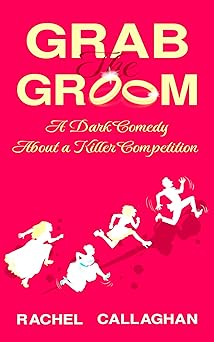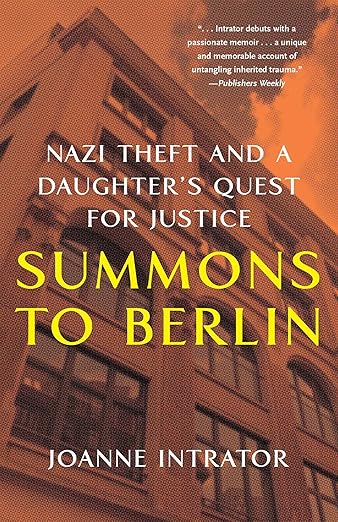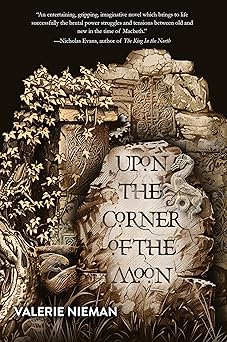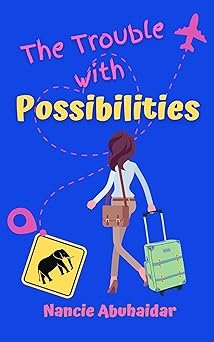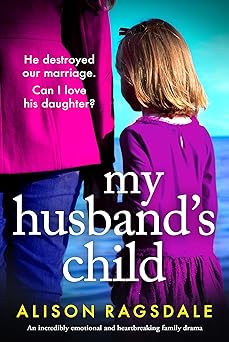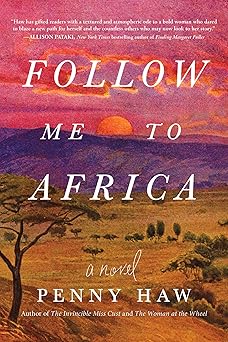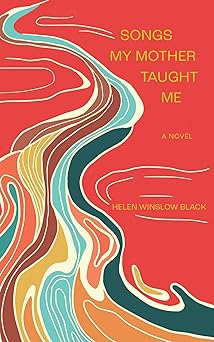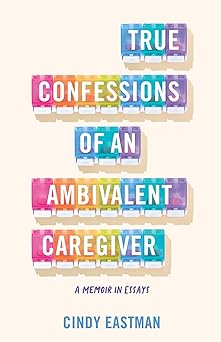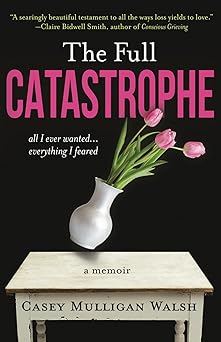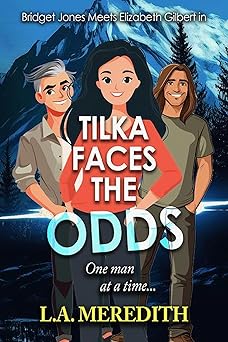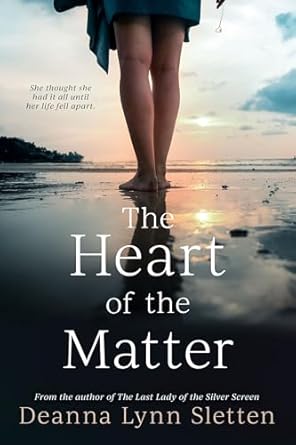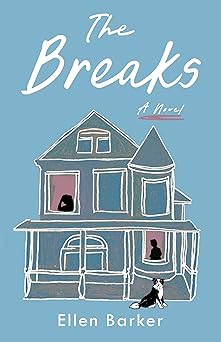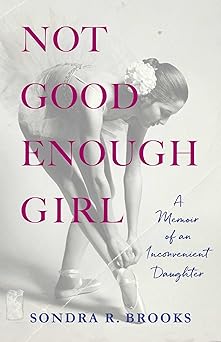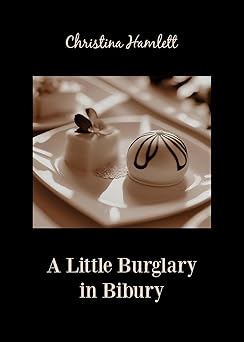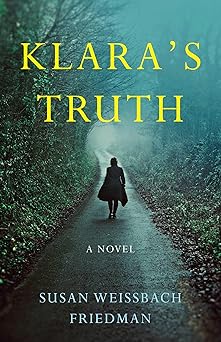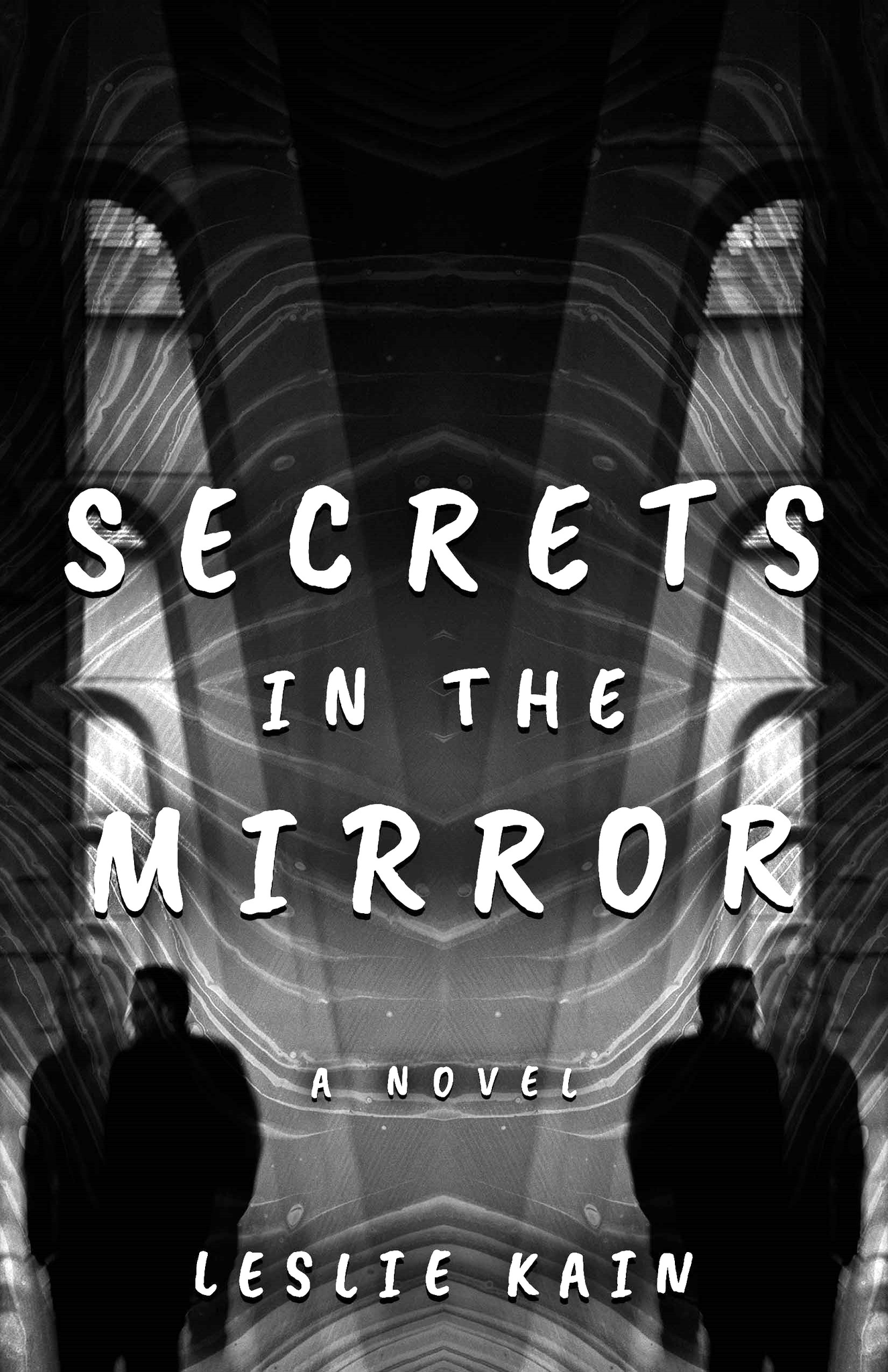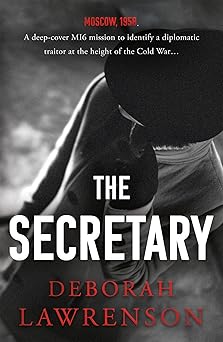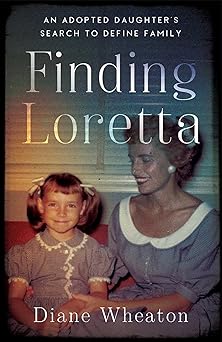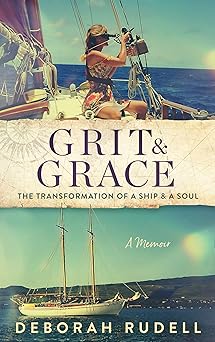Beth Kephart: Teaching to Write
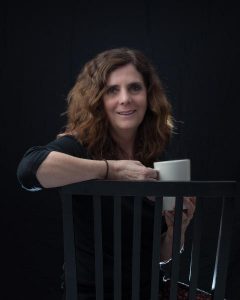 Teaching to Write
Teaching to Write
Beth Kephart
We have Zoomed into a room; we are present. We are holding Mary-Louise Parker’s words in our heads, her inestimable “Dear Daddy.” I have recited this essay’s final words as if I myself had written them, swallowed back the sweet and bitter of my empathy:
Going up Sixth Avenue in a taxi, your grandson said, “Mommy, aren’t there so many amazing things in the world? Aren’t we so lucky to be alive? That’s you in him, Daddy. He’s so like you, full of extremes and heavy on the dream space.
Now I ask the reader-writers of this memoir session a question: What is the best you carry forward because of, or in deference to, another?
I wait a moment, hold my breath. The chat room is fallow; now it blooms. Memories come into view, singular details, the start of scenes. The beginnings of stories I hope will carry forward, when our time is done and these gathered memoirists are again alone with the truths they want to tell.
I read each chat room fragment out loud. I pause to honor the power.
Our session continues. More Mary-Louise Parker. More prompts. More blooms. More thrum in my chest. Because, even after all these years of teaching, I never do know what will happen next—not now, during these Juncture Workshops hours, not at the University of Pennsylvania, where I work with undergraduates, not with the nonfiction-loving high school students who make room for me in their circles, and not, especially, with the very young, who have their true stories, too. I am perched on the edge of myself when I teach—wanting to be clear, wanting to surprise, wanting to release the best each writer has to give.
I’ve watched other teachers write to their own prompts inside the high heat of teaching. I am not capable. I don’t even know, any more, if I have answers to my own in-the-instant questions, if I have the capacity to respond to my particular catechizing. In the moment of my teaching, I only teach. Sitting among the others in the room, I have no access to my own stories.
It’s in the making of each teaching session that I allow my thoughts to roam. It’s in deconstructing the work of writers I love—Parker, Helen Garner, Terrence Des Pres, Charles D’Ambrosio, Elisabeth Tova Bailey, Abigail Thomas, Virginia Woolf, Mary Oliver, hundreds more—that I discover what has been missing from my own work, my patchwork remembering.
In preparing to teach Thomas, for example, I think harder about patterns, and pattern making. In teaching Bailey, I am returned to my own metaphorical violets. In teaching Des Pres, I triage ideas about childhood summers, then locate myself in my youth. Studying writers to teach writers has forced me to learn how to deeply read—to hunt down unnecessary repetitions and to pause over deliberate echoes, to gauge the endurability of descriptive prose, to catalog the verbs that work, and to examine the rules that get broken.
I spend untold hours developing every teaching session. I rarely teach the same thing twice. Sometimes I find myself disagreeing with the memoir precepts I once taught, and so I build new programs about how to write memoir dialogue, say, or how to manage time on the memoir page, or how to buffer white space. And when there’s a gap between preparing to teach and actually teaching, I try my hand at writing better, writing toward the ideas I have discovered.
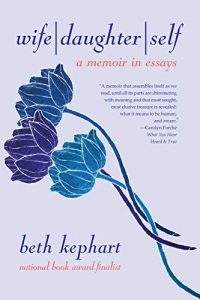 Which is why my new memoir in essays, Wife | Daughter | Self, became, I suppose, the book that it became—my first memoir in many years, my first memoir after my years of teaching. I’d grown interested in ideas about how we write looking backward as we live planning forward. I’d become deeply attached to the making and choreographing of fragments.
Which is why my new memoir in essays, Wife | Daughter | Self, became, I suppose, the book that it became—my first memoir in many years, my first memoir after my years of teaching. I’d grown interested in ideas about how we write looking backward as we live planning forward. I’d become deeply attached to the making and choreographing of fragments.
I wanted to know what could be done—what I could do—with a memoir that would be as much about the way we love and live as it would be about the ways we tell our stories. All my years of teaching had made me want to write a memoir built of progressions and recursions—had made me think, I guess I’m saying, that maybe I had such a memoir in me.
Wife | Daughter | Self is, then, a meta memoir, one that would have never come into focus without my teaching. My new craft book, We Are the Words: The Master Memoir Class is, too, a direct result of all that time I’ve spent building prompts and question cascades and presentations. Calibrated thoughts on the telling detail, the volumetric scene, this little thing I could the obsession vessel, form and structure and revision—that’s all on the page now because I taught it.
And so are other things I would not have explored had I not been teaching—answers to questions I’ve been asked about how it feels to be seen, how it feels to go unseen, how the fear creeps in when our stories keep their distance, how it is essential, always, to live with purpose so that we might write with meaning.
Teaching has forced upon me the deepest self-examination. Teaching has given me new stories, and elastic language.
—
Beth Kephart is the award-winning author of some three-dozen books in multiple genres, an award-winning teacher at the University of Pennsylvania, co-creator of Juncture Workshops, and a widely published essayist. Her new books are Wife | Daughter | Self (Forest Avenue Press), We Are the Words: The Master Memoir Class (Juncture Workshops), and And I Paint It: Henriette Wyeth’s World (Cameron Books). More at bethkephartbooks.com and junctureworkshops.com.
WE ARE THE WORDS: THE MASTER MEMOIR CLASS
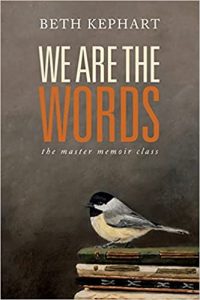 In a range of provocative and personal essays, memoir writer and teacher Beth Kephart offers new ideas about locating our past, developing self-portraits, writing the other, generating telling details, refining scenes, and building obsession vessels, among other topics; considers a myriad of memoir forms and writing strategies; relates the privileges, priorities, heartaches, and hopes of the writer’s life; and offers an arrangement of question cascades and exercises designed to carry readers into and through their own true stories.
In a range of provocative and personal essays, memoir writer and teacher Beth Kephart offers new ideas about locating our past, developing self-portraits, writing the other, generating telling details, refining scenes, and building obsession vessels, among other topics; considers a myriad of memoir forms and writing strategies; relates the privileges, priorities, heartaches, and hopes of the writer’s life; and offers an arrangement of question cascades and exercises designed to carry readers into and through their own true stories.
BUY HERE
—
Wife | Daughter | Self investigates identity and the writing life through the perspective of one of the nation’s top memoir teachers and critics.
How are we shaped by the people we love? Who are we when we think no one else is watching? How do we trust the choices we make? The answers shift as the years go by. The stories remake themselves as we remember. Curiously, inventively, Beth Kephart reflects on the iterative, composite self in her new memoir—traveling to lakes and rivers, New Mexico and Mexico, the icy waters of Alaska and a hot-air balloon launch in search of understanding.
She is accompanied, often, by her Salvadoran-artist husband. She spends time, a lot of time, with her widowed father. As she looks at them she ponders herself and comes to terms with the person she is still becoming. At once sweeping and intimate, Wife | Daughter | Self is a memoir built of interlocking essays by an acclaimed author, teacher, and critic.
BUY HERE
Category: How To and Tips




